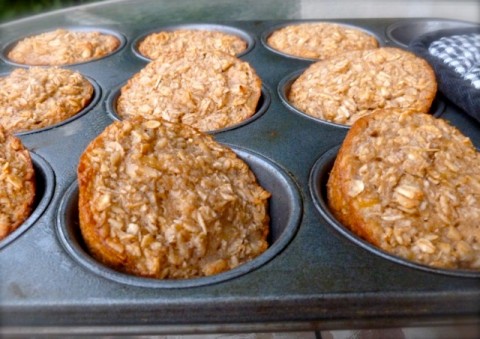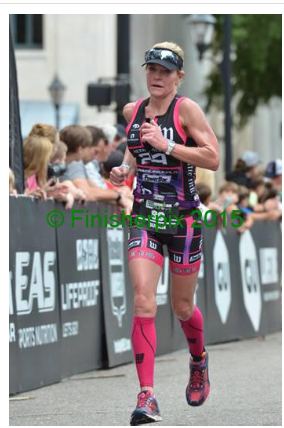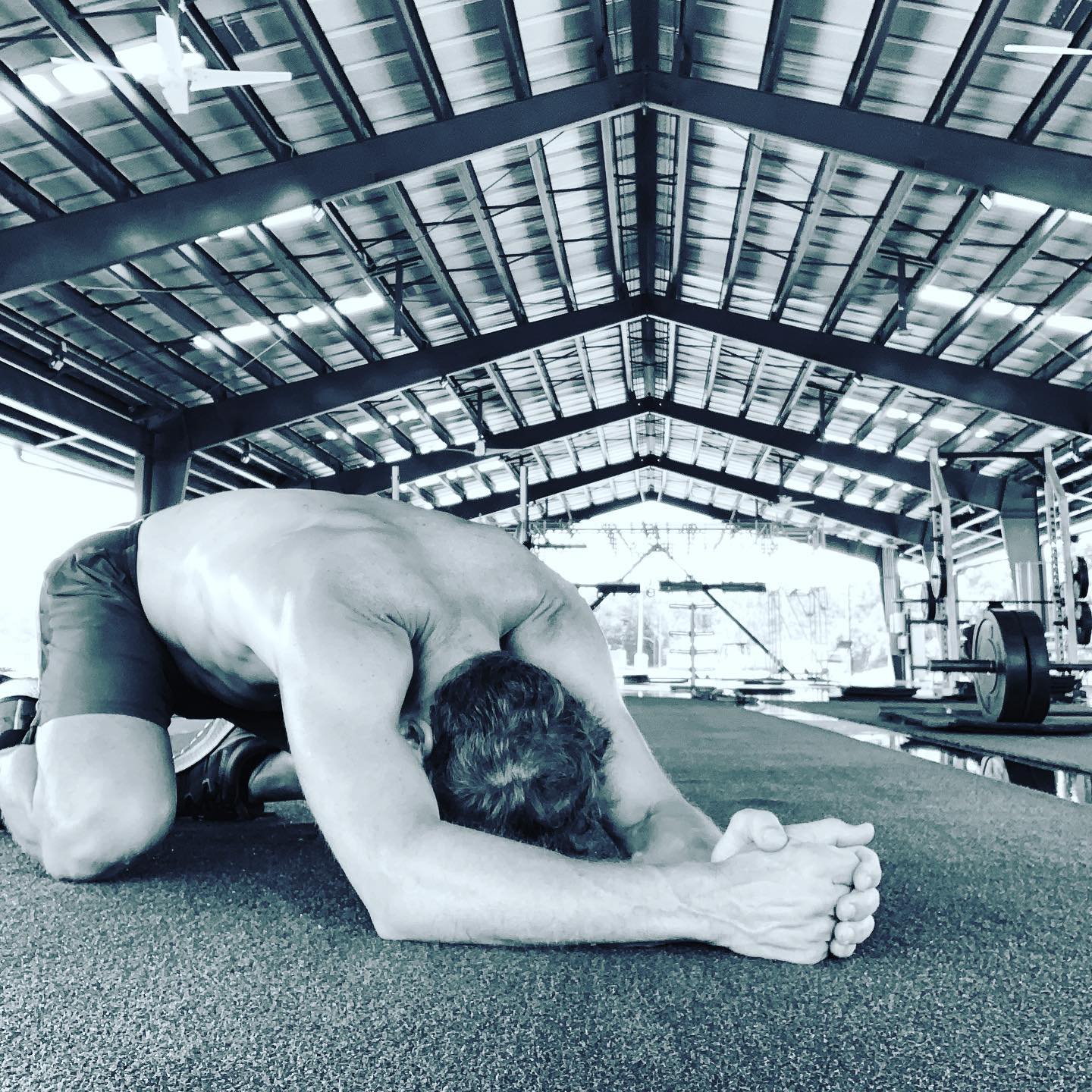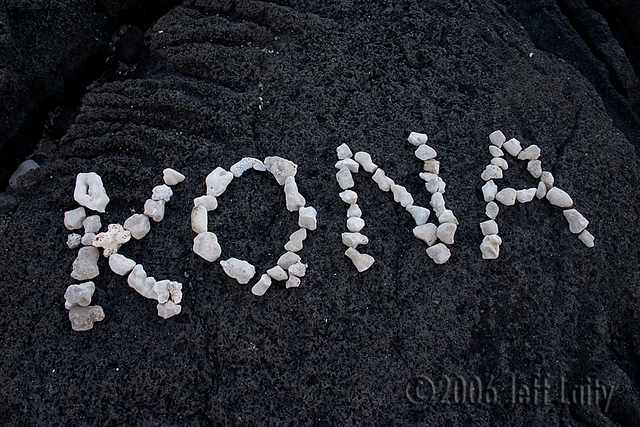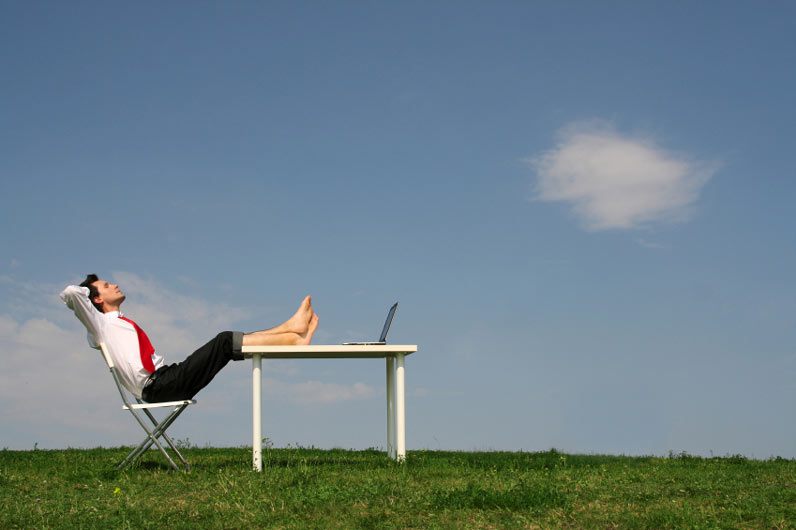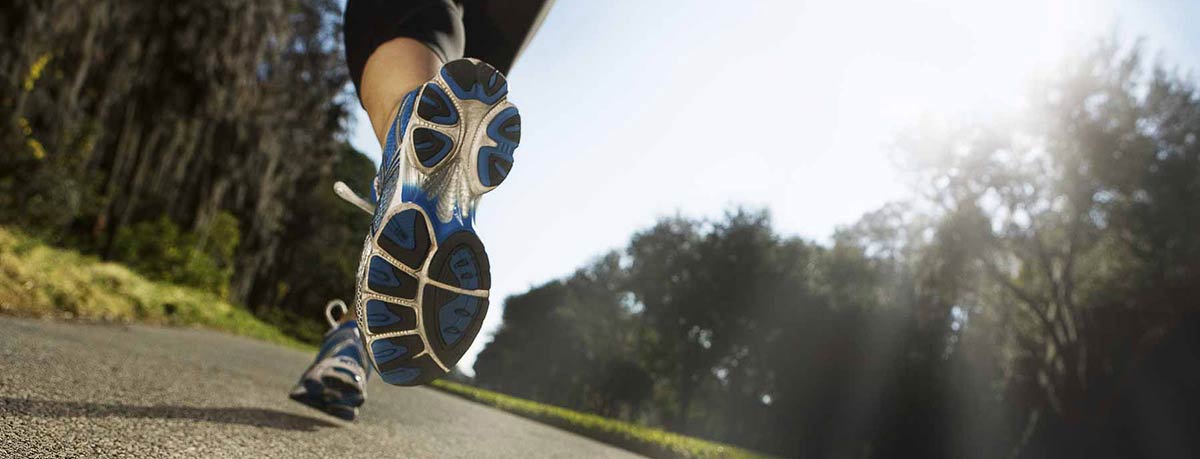The Benefits of Massage
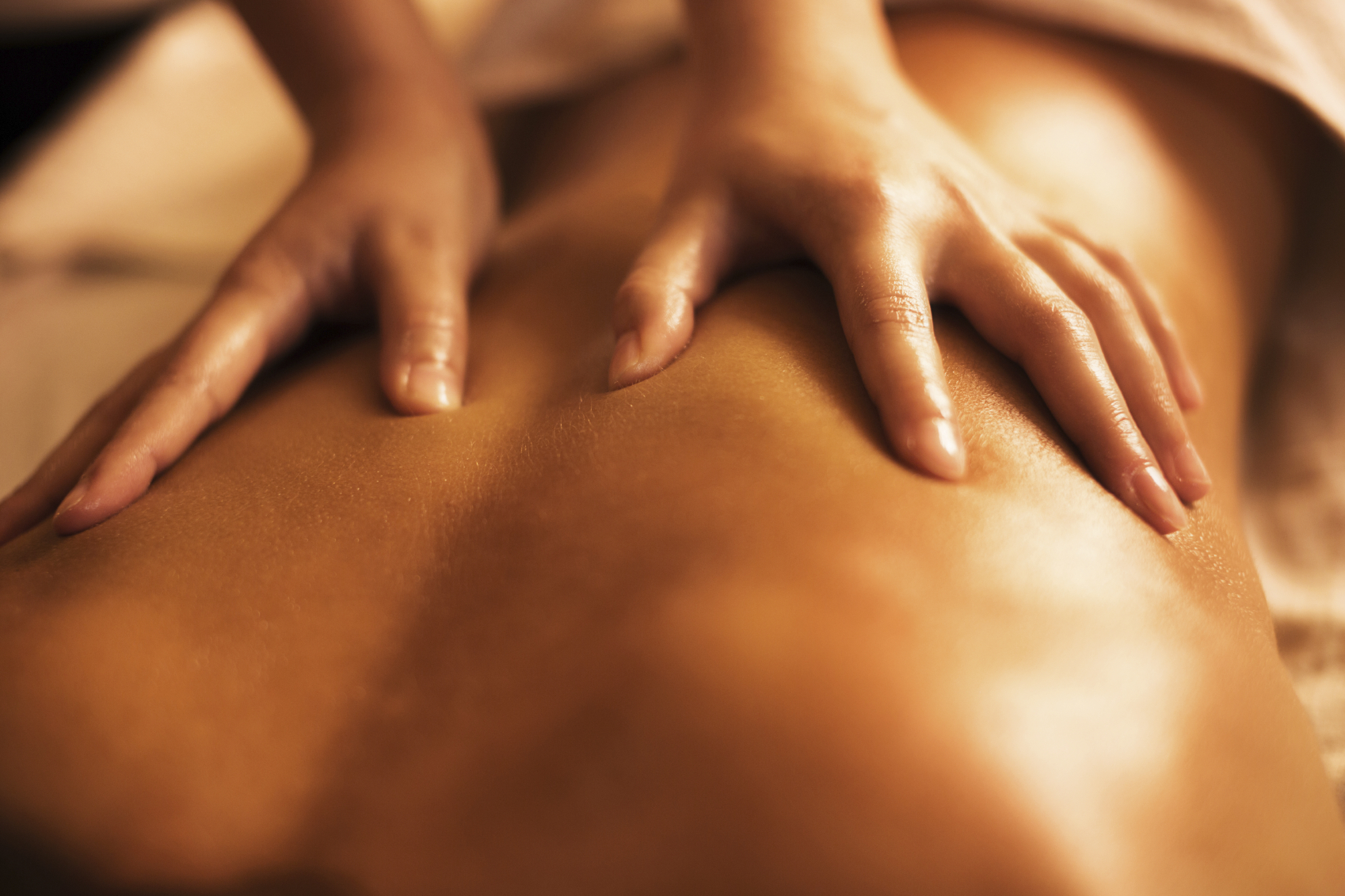
A few days ago, I had a massage and was told I need to relax and allow my muscles to let go. She said, “your muscles are always engaged, even as you lie here you are still tense.” Confused, I replied, “I am relaxed, I just had an hour massage, this is as good as it gets.” The massage therapist suggested more restorative yoga and meditation – to signal my muscles and body to fully relax. If I could somehow achieve this, I’d be a better athlete. This lady had just met me one hour prior but seemed to possess magic powers of looking past the facade and seeing who I really am. Or did my body tell her all of this as I lay there soaking in this amazing hour? Or is she just that good? At any rate, she nailed it, I don’t know how to relax – it’s hard for me. But, I am determined to learn.
On this note, I am happy to share with you the benefits of massage for endurance athletes from a guest blogger.
Endurance sports, such as running, can build your physical strength, cardiovascular endurance and mental will — but there’s a lot more to healthy running than logging miles. Whether you’re a casual runner or training for a specific event, the non-running activities you proactively participate in to stimulate recovery and prevent injury are just as important as the time you spend running.
Here’s a look at just a few benefits adding massage to your running program can provide:
It signals your body to let go.
The more you run, the more natural (and ideally, easier) the action feels. However, the motion of running inherently involves repeated muscle contractions. The more pronounced they are, the more muscle fibers must shorten to adapt to them. Consistent massage helps to elongate the muscle fibers that perform these repeated and constant contractions during a run. In essence, a massage signals the muscles that they are no longer running — and that it’s time to let go. When you give your muscles this opportunity to release their work and “reset” you’ll experience less post-run stiffness and soreness, and feel like you’re running on “fresh legs” the next time you head out.
Better circulation means better runs.
For all the time you spend to build strength, endurance, flexibility and power to be a better runner, you probably put little to no thought into your circulation. Yet the circulatory system determines how oxygen, nutrients and waste (like the lactic acid buildup that can make legs feel heavy) all process in your body, at the cellular level. The better the circulatory system functions, the more access cells and tissue have to the oxygen and nutrients needed to support the run. When there’s more oxygen flowing to muscles, you can run longer without feeling fatigue, or the sense that you need to stop.
While all massage helps to stimulate circulation to some extent, repeated sessions of therapeutic massage (like deep tissue massage techniques) can help to promote your circulatory system’s physiological responses, including increased diameter of blood vessels, increased performance of red blood cells, and decreased blood pressure. When you consistently incorporate this kind of massage into your running program, these changes can help improve your overall running performance, and expedite recovery.
Less stiffness means better posture.
For all the attention that runners place on shoes, apparel, gear and training plans, having a healthy posture and biomechanically healthy running gait are the two factors that really impact how well a person is able to run, prevent injury and recover — and how many years his/her body can withstand the work of running.
“Coaching Cross Country Successfully” authors Pat Tyson and Doug Binder explain that a healthy running posture includes a tall spine (the sense of lifting from the crown of the head), a relaxed arm carriage, an engaged core, efficient, short strides that coincide with arm movement, and a foot strike that lands on the midfoot or front part of the foot. Though running posture can be optimized and corrected (if necessary) with practice, finding that strong stability requires runners to have enough range of motion in their spine, hips, pelvis, hamstrings, glutes and quads to achieve it.
Because consistent massage relieves the connective tissue, tendons and joints that all contribute to the motion of running, it can actually elongate the muscles. With this length, runners are more likely to access the range of motion required to find and maintain a healthy running gait.
Better sleep.
Running breaks your muscles down at a cellular level. Sleep gives your body time to repair the cells, so you start anew (from a cellular standpoint) for the next run. Though the National Sleep Foundation recommends that people get at least eight hours of sleep a night, the average adult gets less than seven. Eventually, James B. Maas, PhD, and author of Sleep to Win tells Competitor magazine that consistently not getting enough sleep will impact your athletic performance.
Studies indicate that regular massage can help to promote better sleep. In fact, one study of sufferers with chronic lower back pain reported a decrease in their pain, anxiety, depression and sleep disturbance — and improvements in their flexion after receiving just two 30-minute massages a week, for five weeks.

